[Dan Kaszeta] Send Syria’s chemical weapons to Albania
By Yu Kun-haPublished : Nov. 11, 2013 - 19:24
So far, the effort to strip Syria of its chemical weapons capacity has gone surprisingly well. In difficult circumstances, the Organization for the Prohibition of Chemical Weapons met a Nov. 1 deadline for disabling all the country’s declared production facilities and assembly plants.
 That, however, was always going to be the relatively easy part. A competent inspector will readily find the critical machinery for chemical weapons production, and with a sledgehammer and drill can put it out of commission. Empty artillery shells, rockets and spray tanks can be crushed by driving over them. An artillery shell won’t work as intended if you just bend it a bit.
That, however, was always going to be the relatively easy part. A competent inspector will readily find the critical machinery for chemical weapons production, and with a sledgehammer and drill can put it out of commission. Empty artillery shells, rockets and spray tanks can be crushed by driving over them. An artillery shell won’t work as intended if you just bend it a bit.
It will be much harder to dispose of the chemical agents themselves. After decades of denial, the Bashar al-Assad regime has acknowledged an inventory of approximately 1,000 tons of chemical warfare agents, seemingly stored in bulk. Eliminating such a large stockpile will require creativity.
In the 1960s, the U.S. military got rid of chemical agents by dumping them into the ocean, but nobody’s going to sign off on such an environmentally hazardous plan these days. After the Gulf War, U.S. demolition crews used conventional explosives to get rid of Iraqi chemical munitions at a place called Khamisiyah, about 200 miles southeast of Baghdad. This may have exposed the workers to harm and is still the source of controversy.
The generally accepted methods of destruction are incineration or neutralization using chemical reactions to produce less-toxic waste products. The U.S. and Russia have invested billions of dollars constructing special facilities employing these means in their decades-long efforts to demilitarize enormous chemical weapons arsenals.
Some precursors in Syria’s stock may be industrial chemicals, such as isopropyl alcohol, that could be repurposed, but most of the 1,000 tons will have to be neutralized. Building a factory in an active war zone seems unlikely. It’s hard to imagine any company signing such a contract.
Moving the chemicals for destruction elsewhere is the only real answer. But where? Neither the U.S. nor Russia makes sense. U.S. laws make the import and transport of chemical warfare agents problematic. If that could be finessed, vocal groups representing residents near the demilitarization sites would certainly raise objections.
Russia could probably take the chemicals, but getting them there would be hard to negotiate. Given the quantities involved and international restrictions on air transportation of chemicals, shipping offers the most practical means of transportation. However, Turkey might object to allowing the stuff through the Dardanelles straits past its largest city, Istanbul. Denmark and Sweden might not allow it into the Baltic Sea.
The U.S. asked Norway to consider accepting some of the agents for destruction there, but the government declined, saying it lacked the necessary capacities.
One country, however, seems to have a ready-built facility that could be used for this purpose: Albania. In late 2002, well after it signed the Chemical Weapons Convention, Albania made the embarrassing discovery that it had 16 tons of chemical warfare agents squirreled away in a bunker from the era of Communist dictator Enver Hoxha. In subsequent years, the U.S. government, through its Defense Threat Reduction Agency, spent about $45 million building an incineration plant, which was eventually moved to Qafemolle, Albania, to dispose of the stores. By 2007, Albania had been declared free of its chemical arms by the Organization for the Prohibition of Chemical Weapons.
Transporting Syria’s chemical arsenal to a restarted Qafemolle plant would be a challenge, for legal and safety reasons. The Chemical Weapons Convention prohibits the transfer of chemical weapons, although presumably the OPCW could waive this provision to serve a greater good.
The U.S. has experience in safely moving chemical agents. In Operation Steel Box in 1990, a much larger stockpile than Syria possesses was moved from West Germany to Johnston Atoll, a U.S. territorial island in the South Pacific, for disposal. The undertaking succeeded, but it didn’t occur in a war zone.
If the goods could be removed from Syria safely, there are still obstacles to face in Albania. It is a poor country. The world would have to pay it well to accomplish this task. Security and corruption are issues. Albania is a center for smuggling and organized crime.
Nevertheless, the Qafemolle experience demonstrates that, in principle, chemical munitions can be disarmed in Albania. It might take many years for a facility built to burn 16 tons of chemical agents to get through 1,000 tons. Yet the date of final destruction isn’t as important as getting the material in the hands of international inspectors and out of the war zone. That makes Albania the least bad option for disposing of Syria’s chemical weapons stores.
By Dan Kaszeta
Dan Kaszeta is a former officer in the U.S. Army Chemical Corps and former member of the U.S. Secret Service now working as an independent consultant. He has 22 years’ experience in the field of chemical defense. ― Ed.
(Bloomberg)
 That, however, was always going to be the relatively easy part. A competent inspector will readily find the critical machinery for chemical weapons production, and with a sledgehammer and drill can put it out of commission. Empty artillery shells, rockets and spray tanks can be crushed by driving over them. An artillery shell won’t work as intended if you just bend it a bit.
That, however, was always going to be the relatively easy part. A competent inspector will readily find the critical machinery for chemical weapons production, and with a sledgehammer and drill can put it out of commission. Empty artillery shells, rockets and spray tanks can be crushed by driving over them. An artillery shell won’t work as intended if you just bend it a bit.It will be much harder to dispose of the chemical agents themselves. After decades of denial, the Bashar al-Assad regime has acknowledged an inventory of approximately 1,000 tons of chemical warfare agents, seemingly stored in bulk. Eliminating such a large stockpile will require creativity.
In the 1960s, the U.S. military got rid of chemical agents by dumping them into the ocean, but nobody’s going to sign off on such an environmentally hazardous plan these days. After the Gulf War, U.S. demolition crews used conventional explosives to get rid of Iraqi chemical munitions at a place called Khamisiyah, about 200 miles southeast of Baghdad. This may have exposed the workers to harm and is still the source of controversy.
The generally accepted methods of destruction are incineration or neutralization using chemical reactions to produce less-toxic waste products. The U.S. and Russia have invested billions of dollars constructing special facilities employing these means in their decades-long efforts to demilitarize enormous chemical weapons arsenals.
Some precursors in Syria’s stock may be industrial chemicals, such as isopropyl alcohol, that could be repurposed, but most of the 1,000 tons will have to be neutralized. Building a factory in an active war zone seems unlikely. It’s hard to imagine any company signing such a contract.
Moving the chemicals for destruction elsewhere is the only real answer. But where? Neither the U.S. nor Russia makes sense. U.S. laws make the import and transport of chemical warfare agents problematic. If that could be finessed, vocal groups representing residents near the demilitarization sites would certainly raise objections.
Russia could probably take the chemicals, but getting them there would be hard to negotiate. Given the quantities involved and international restrictions on air transportation of chemicals, shipping offers the most practical means of transportation. However, Turkey might object to allowing the stuff through the Dardanelles straits past its largest city, Istanbul. Denmark and Sweden might not allow it into the Baltic Sea.
The U.S. asked Norway to consider accepting some of the agents for destruction there, but the government declined, saying it lacked the necessary capacities.
One country, however, seems to have a ready-built facility that could be used for this purpose: Albania. In late 2002, well after it signed the Chemical Weapons Convention, Albania made the embarrassing discovery that it had 16 tons of chemical warfare agents squirreled away in a bunker from the era of Communist dictator Enver Hoxha. In subsequent years, the U.S. government, through its Defense Threat Reduction Agency, spent about $45 million building an incineration plant, which was eventually moved to Qafemolle, Albania, to dispose of the stores. By 2007, Albania had been declared free of its chemical arms by the Organization for the Prohibition of Chemical Weapons.
Transporting Syria’s chemical arsenal to a restarted Qafemolle plant would be a challenge, for legal and safety reasons. The Chemical Weapons Convention prohibits the transfer of chemical weapons, although presumably the OPCW could waive this provision to serve a greater good.
The U.S. has experience in safely moving chemical agents. In Operation Steel Box in 1990, a much larger stockpile than Syria possesses was moved from West Germany to Johnston Atoll, a U.S. territorial island in the South Pacific, for disposal. The undertaking succeeded, but it didn’t occur in a war zone.
If the goods could be removed from Syria safely, there are still obstacles to face in Albania. It is a poor country. The world would have to pay it well to accomplish this task. Security and corruption are issues. Albania is a center for smuggling and organized crime.
Nevertheless, the Qafemolle experience demonstrates that, in principle, chemical munitions can be disarmed in Albania. It might take many years for a facility built to burn 16 tons of chemical agents to get through 1,000 tons. Yet the date of final destruction isn’t as important as getting the material in the hands of international inspectors and out of the war zone. That makes Albania the least bad option for disposing of Syria’s chemical weapons stores.
By Dan Kaszeta
Dan Kaszeta is a former officer in the U.S. Army Chemical Corps and former member of the U.S. Secret Service now working as an independent consultant. He has 22 years’ experience in the field of chemical defense. ― Ed.
(Bloomberg)







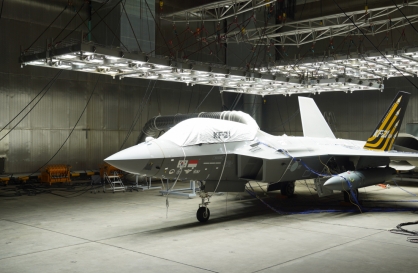
![[KH Explains] Can tech firms' AI alliances take on Nvidia?](http://res.heraldm.com/phpwas/restmb_idxmake.php?idx=644&simg=/content/image/2024/05/07/20240507050619_0.jpg&u=)
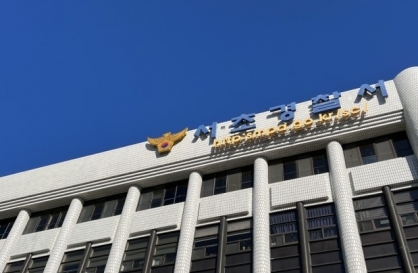

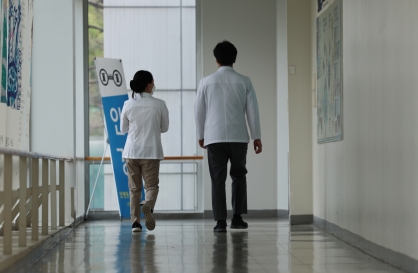


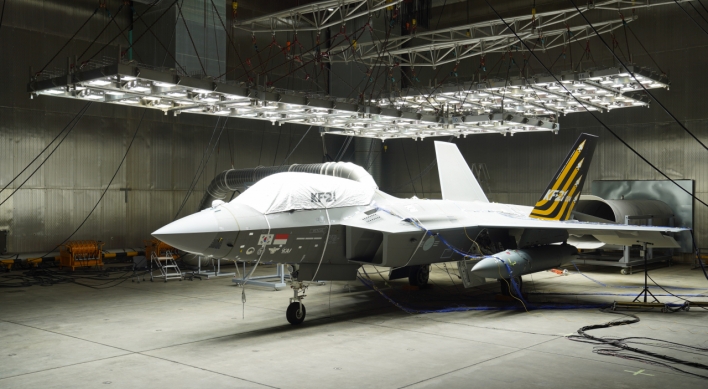

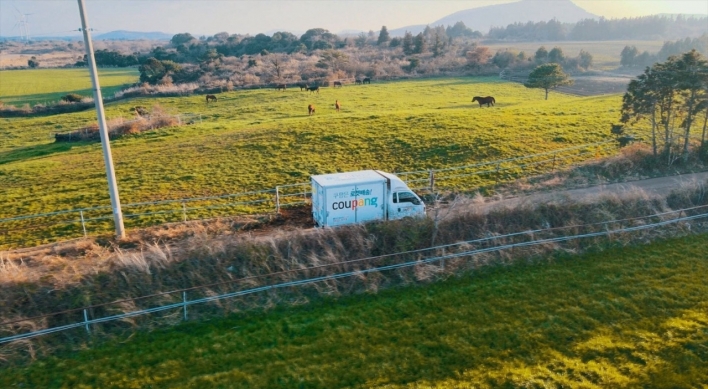
![[K-pop’s dilemma] Time, profit pressures work against originality](http://res.heraldm.com/phpwas/restmb_idxmake.php?idx=652&simg=/content/image/2024/05/08/20240508050705_0.jpg&u=20240508171126)
![[Today’s K-pop] NCT Dream to drop pre-release from 2nd Japan single](http://res.heraldm.com/phpwas/restmb_idxmake.php?idx=642&simg=/content/image/2024/05/08/20240508050725_0.jpg&u=)